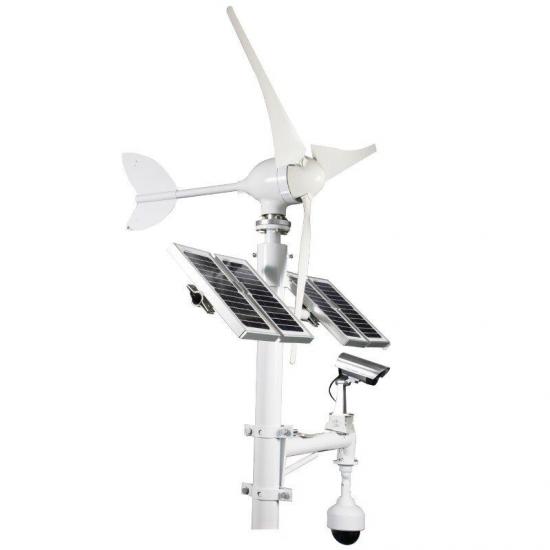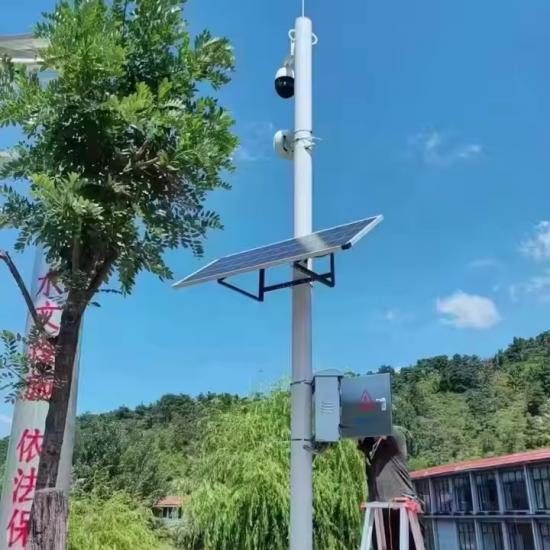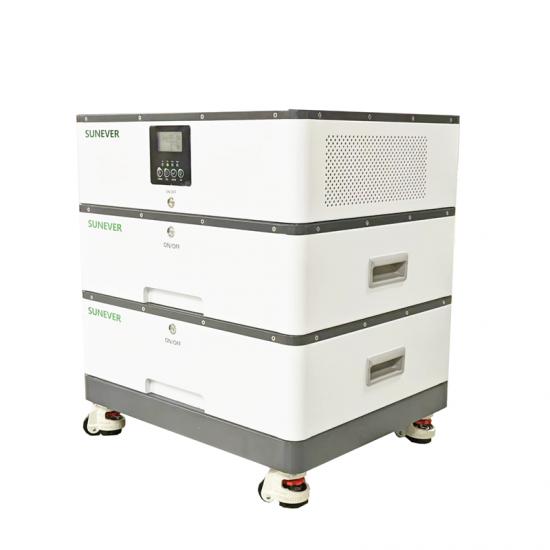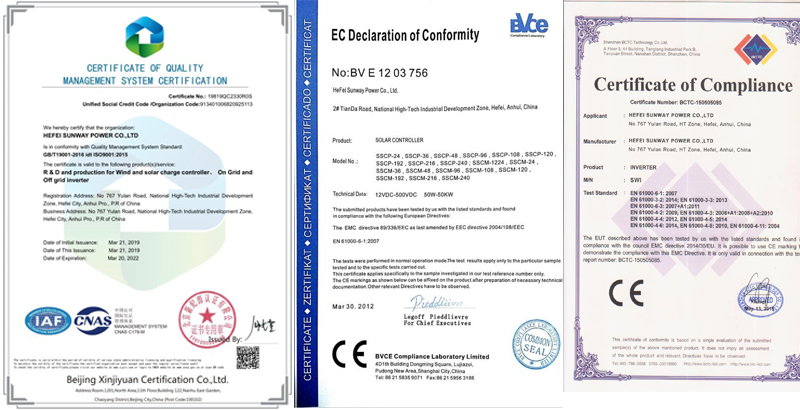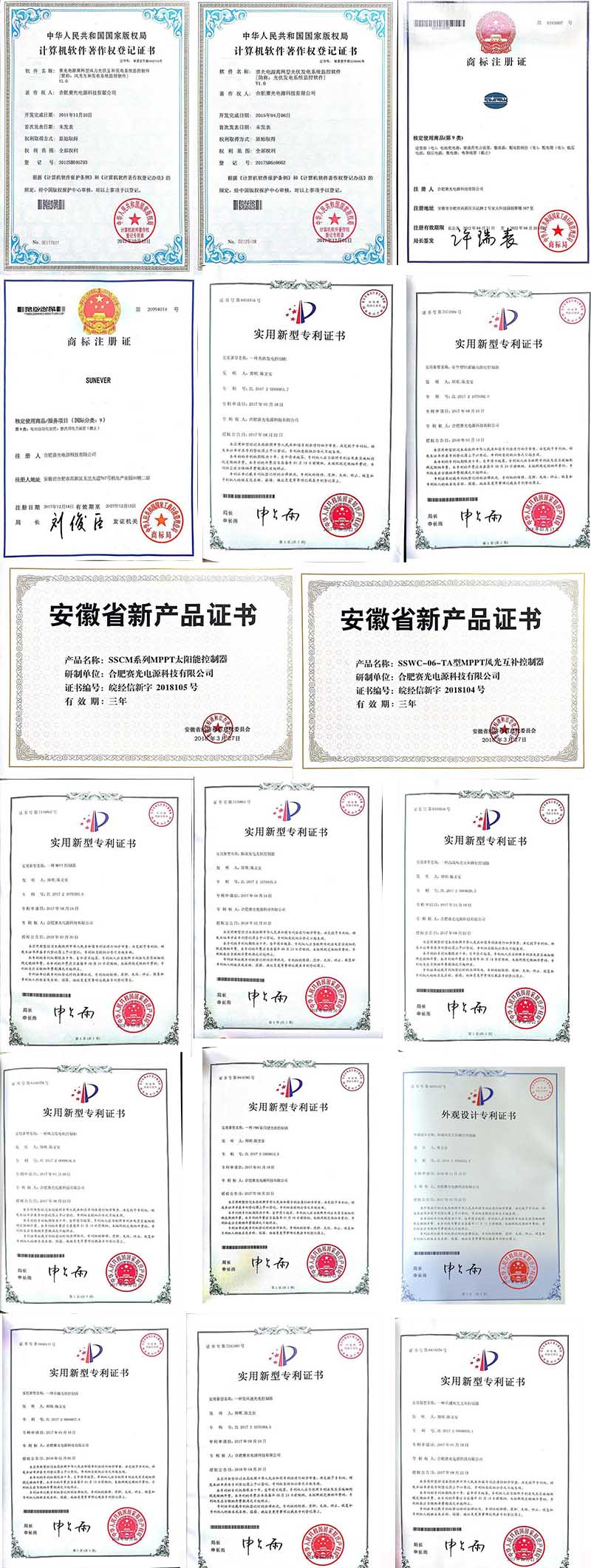Energy storage systems are typically characterized by their energy storage medium—batteries. An important performance indicator of batteries is their charging and discharging speed or capacity, often denoted by a "*C" parameter in tender specifications or battery technical parameters, such as "0.2C," "0.3C," "1C," or "2C." In commercial and industrial energy storage systems, "0.5C" is the most common. Why is 0.5C the most prevalent?
-
What is "C"?
"C" stands for Coulomb, the unit of electric charge first proposed by the French physicist Charles-Augustin de Coulomb. It defines the amount of electric charge passing through a conductor's cross-section in one second.
In the context of energy storage batteries, "C" represents the charging and discharging rate of the battery, and the size of the charging and discharging current is generally expressed using this rate.
A charging and discharging rate of 1C means that the energy storage battery can fully discharge its entire capacity in one hour; 2C means the battery can fully discharge in 0.5 hours. -
How is "C" Calculated or Determined?
"C" (charging and discharging rate) is a logical concept, unlike fixed concepts like current (A) or voltage (V). For example, a circuit passing a current of 1A will measure the same regardless of the device used. However, for a battery with a 1C charging and discharging capacity, it also depends on the specific capacity of the battery. For a battery with a capacity of 1Ah, its 1C charging and discharging current is 1A; for a battery with a capacity of 2Ah, its 1C charging and discharging current is 2A. And so on.
Therefore, the battery charging and discharging rate (C) = battery charging and discharging current ÷ battery's rated capacity. For example, for a 1000mAh battery, 0.2C represents 200mA (0.2 times the 1000mAh capacity), and 1C represents 1200mA (1 time the 1200mAh capacity). Using the "C" concept allows for easy comparison of the charging and discharging capabilities of two batteries with the same total capacity under the same conditions. For example, if two batteries both have a capacity of 1Ah, but Battery 1 can achieve 3C, meaning it can charge and discharge at a current of 3A, while Battery 2 can only achieve 0.5C, or 0.5A, it directly indicates that Battery 1 has significantly better instant charging and discharging capabilities (burst power). -
Why Is 0.5C Most Common?
In lithium battery specification parameters, "S" denotes series (String) connection, and "P" denotes parallel (Parallel) connection. Batteries (or battery cells) increase voltage through series connection and increase discharging current through parallel connection.
So, what is the appropriate charging and discharging rate, C? It is crucial to understand the impact of different C values on batteries. Although we need batteries to exhibit strong instant charging and discharging capabilities, excessively high C values significantly affect battery lifespan. Specifically, there are three main impacts:- Increased Polarization and Internal Resistance: Higher charging and discharging rates lead to faster growth in battery internal polarization and internal resistance, resulting in decreased storage capacity.
- Loss of Active Material and Li+: Higher rates accelerate the loss of active material and Li+, causing battery capacity decay.
-
Electrolyte Consumption: Higher rates increase electrolyte consumption, further affecting battery lifespan.
Lithium-metal batteries typically use manganese dioxide (MnO₂) as the cathode material, lithium metal or lithium alloy as the anode material, and specialized non-aqueous electrolyte solutions. The basic principles of lithium-ion batteries involve discharge and charge reactions. Excessively high charging and discharging rates negatively impact battery lifespan, so they should not be set too high. Conversely, very low C values, such as 0.1C, 0.2C, and 0.3C commonly seen in lead-acid batteries, offer slower charging currents and speeds, providing better battery protection but reducing kWh charged or discharged in the same time period for commercial and industrial energy storage projects aiming to capitalize on peak-shaving and valley-filling with time-of-use pricing. This reduces daily earnings and extends the payback period, so these rates are also undesirable.
Overall, selecting a charging and discharging rate of 0.5C balances battery charging and discharging capabilities, battery lifespan protection, and compatibility with peak and valley periods. For example, for a 209kWh or 215kWh single-cabinet system paired with a 100kW power conversion system (PCS), it can fully charge or discharge in two hours, aligning well with peak and valley periods defined by various power grid companies. This ensures efficient power use, minimizes time waste, and achieves expected earnings, making it a reasonable choice.





